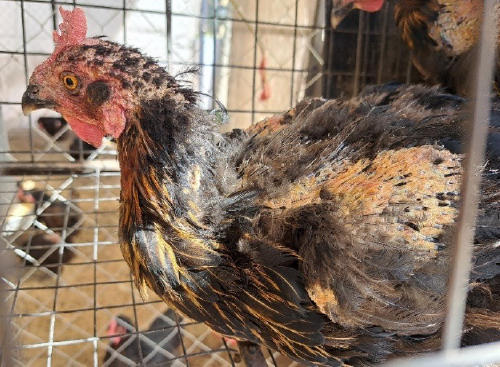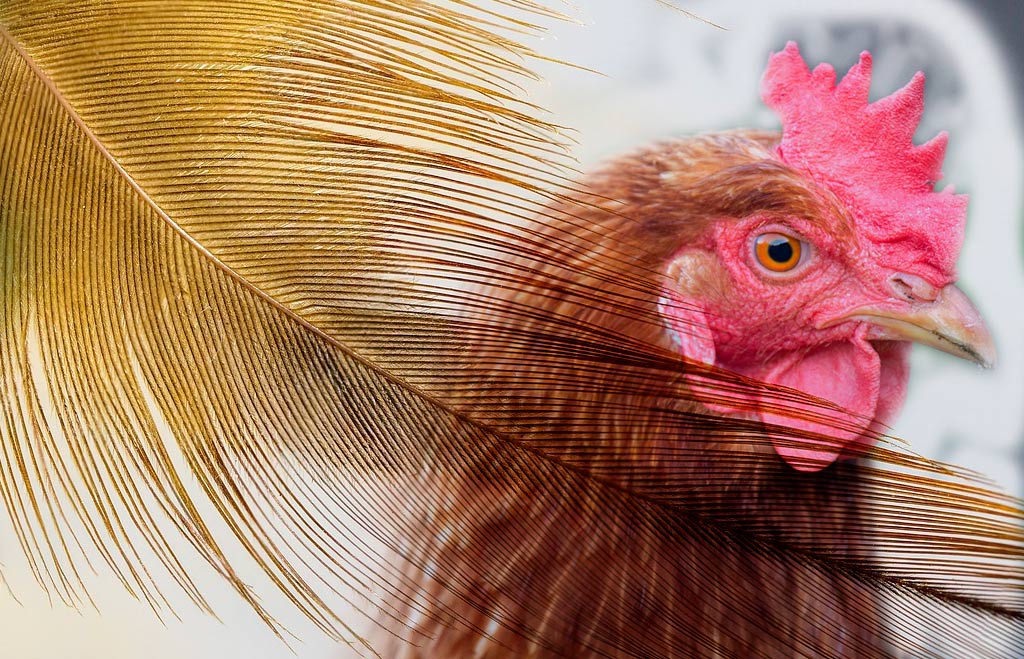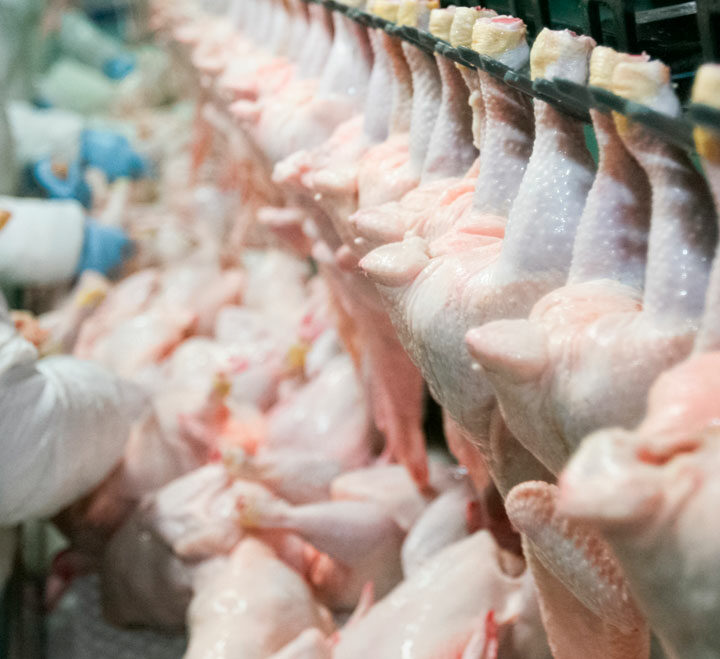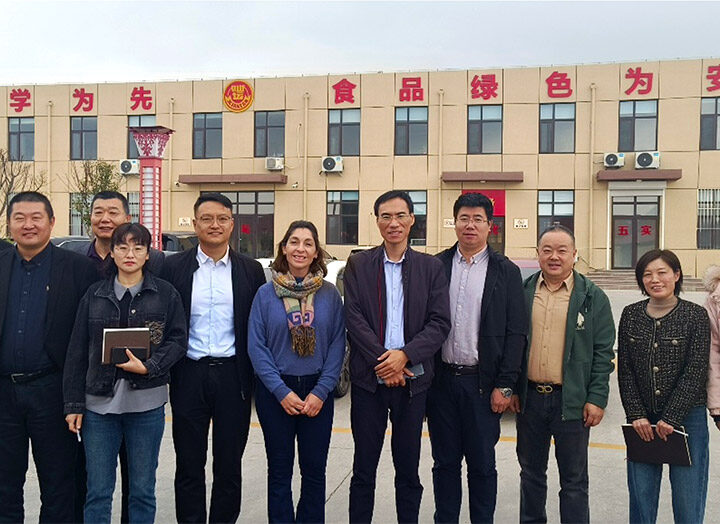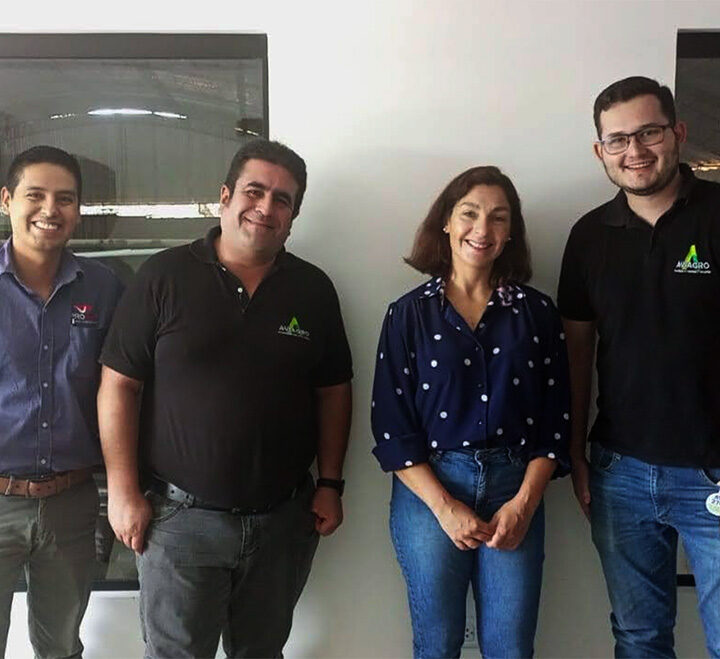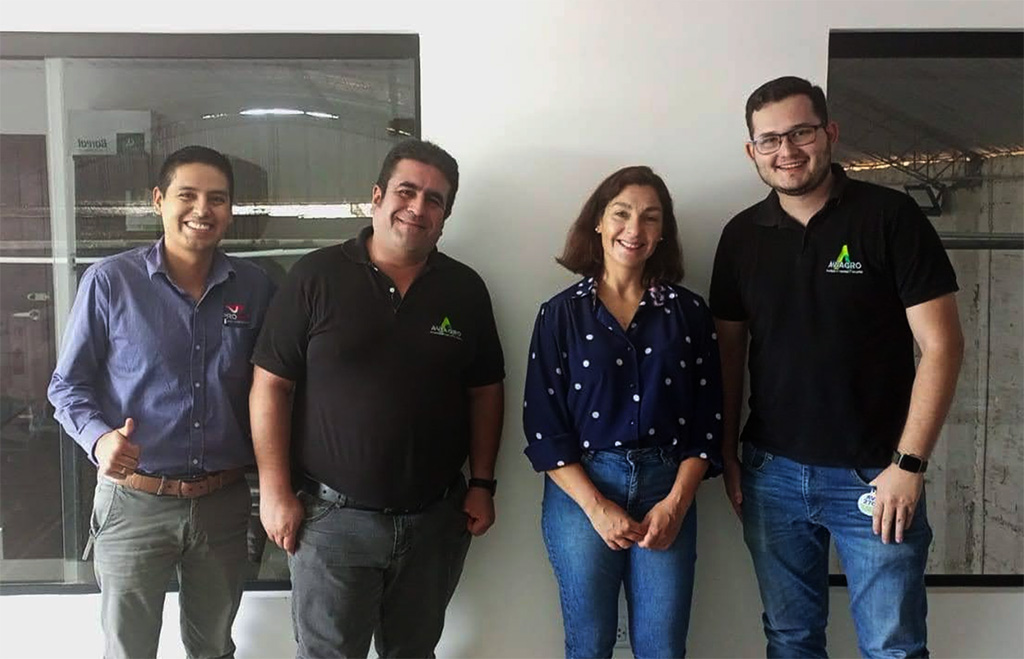
Minervet visits its clients in Bolivia
17 de March de 2023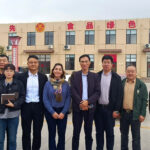
Minervet continues to strengthen its business ties in the Asian continent
4 de December de 2023In poultry production systems, great importance should be given to feather cover and general feather condition as a synonym of bird health.
Feathers play an important role in thermal protection and insulation. By their structure, they are composed of an external epidermis and an internal pulp that retracts and disappears as the feather grows from the feather follicle.
Feather growth takes place in cycles or phases called anagen and telogen.
The anagen phase represents growth from the follicle from the dermal papilla and pushing the old feather outward.
The telogen phase represents the holding of the feather within the follicle by the smooth muscles of the follicle and by keratin bridges.
Molting in hens is known to be a natural event that is part of their biological cycle. This physiological process occurs between 15 and 18 months of life and it is also associated with climatic modifications due to the entry of negative photoperiods. During this event, the birds drastically reduce egg production by the involution of the reproductive system organs, their body weight is affected and they lose a large part of their protective feathers.
In intensive systems, which control a large part of the environmental components, the purpose of molting induction is to prolong the life span of the flock of hens by taking advantage of the second wave of ovulation that is generated after the return of ovulatory activity. In this type of system, a molting scheme is proposed for the whole flock in order to manage the fall and return to laying in a homogeneous way.
In practice, several problems can arise with respect to the repluming of hens in egg production. These are related to multiple factors that must be recognized by the producer and technical advisor.
In floor and agro-ecological systems, the processes of feather loss due to molt can be increased by other social and hierarchical problems. Birds with marked dominance attack their mates by constantly plucking their feathers. This process of plumage loss is usually accompanied by skin wounds that increase over time. Birds are observed with large areas of bare skin and scars. Social problems of this type generate heterogeneous flocks with birds that begin to show underweight, stress, wounds, plucking and dropping or cessation of posture.
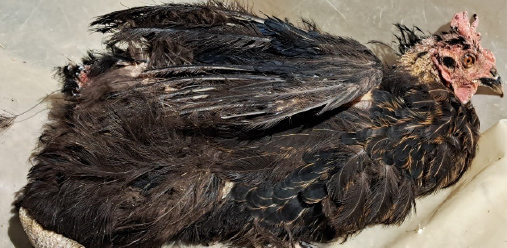
The pecking can be caused by stressful environmental conditions, being evident in flocks with food and water restrictions, poor lighting management with excessive light, reduced space for the bird population or extreme climatic variations.
On the other hand, failures in the return to feathering are related to reduced development or poor conformation of the plumage. These failures stem from a multifactorial syndrome that is mostly caused by amino acid and vitamin deficiencies, such as the following:
- Folic acid deficiency
- Vitamin B12 deficiency
- Vitamin E deficiency
- Pantothenic acid deficiency
- Pyridoxine deficiency
- Biotin deficiency
- Methionine deficiency
- Cysteine deficiency
In response to this event, birds lose their feathers or pluck them from their mates in order to reduce maintenance needs or satisfy nutritional demands that the ration is not meeting.
Birds without plumage will increase their body heat losses resulting in higher feed energy requirements and higher production costs.
The introduction of pathogens into the system, as a result of the prevailing situation, will further increase losses.
Another important component is the presence of mycotoxins in feed, especially TRICOTECENES. Chronic T2 toxin intoxications show reduced feed intake, weight reduction and plumage disorders.
Quick and accurate diagnosis of professionals and their active participation within the system is vital for the identification of this type of problem. Plumage disorders are a reflection of internal imbalances that must be treated.
Corrections in management and installation faults, the revision of the formula, and the quality of the used inputs mark a change towards improvement.
The incorporation of natural additives that collaborate to improve feed efficiency while maintaining poultry health is a growing tendency. The phytochemicals present in this type of additives regulate several biological systems favoring the use of the nutrients contained in the feed, reducing the pathogenesis of microorganisms and chemical contaminants, and promoting internal homeostasis.
